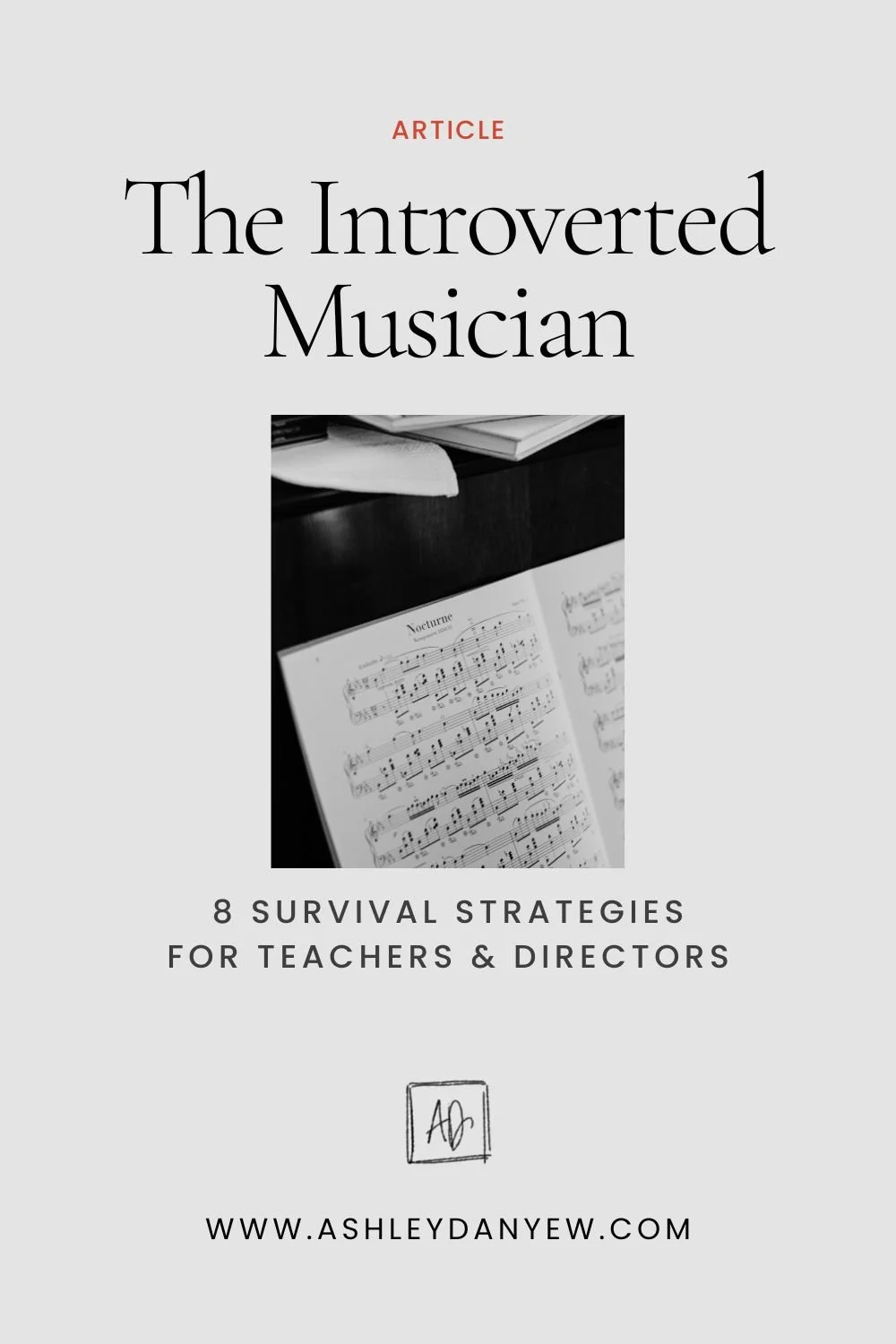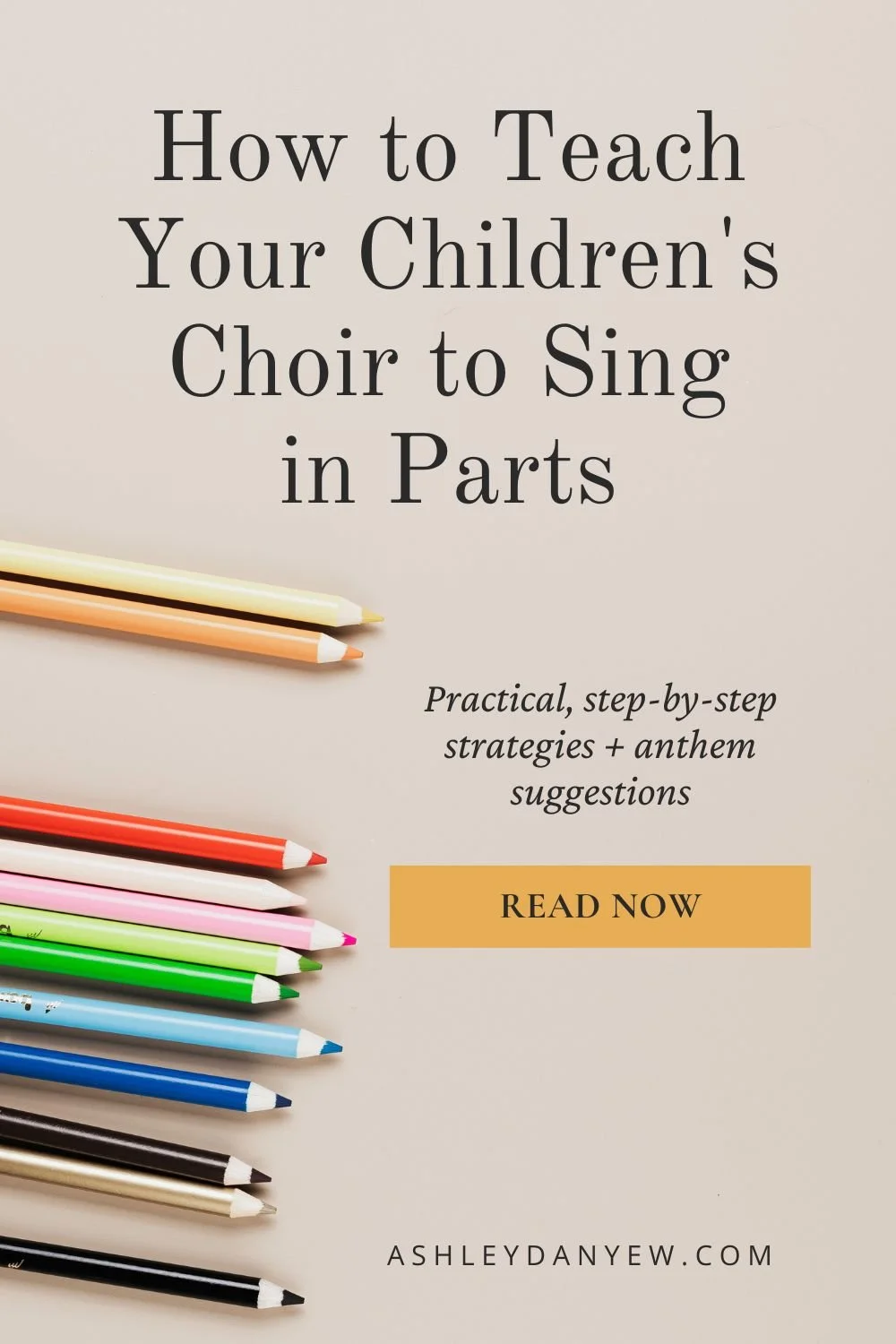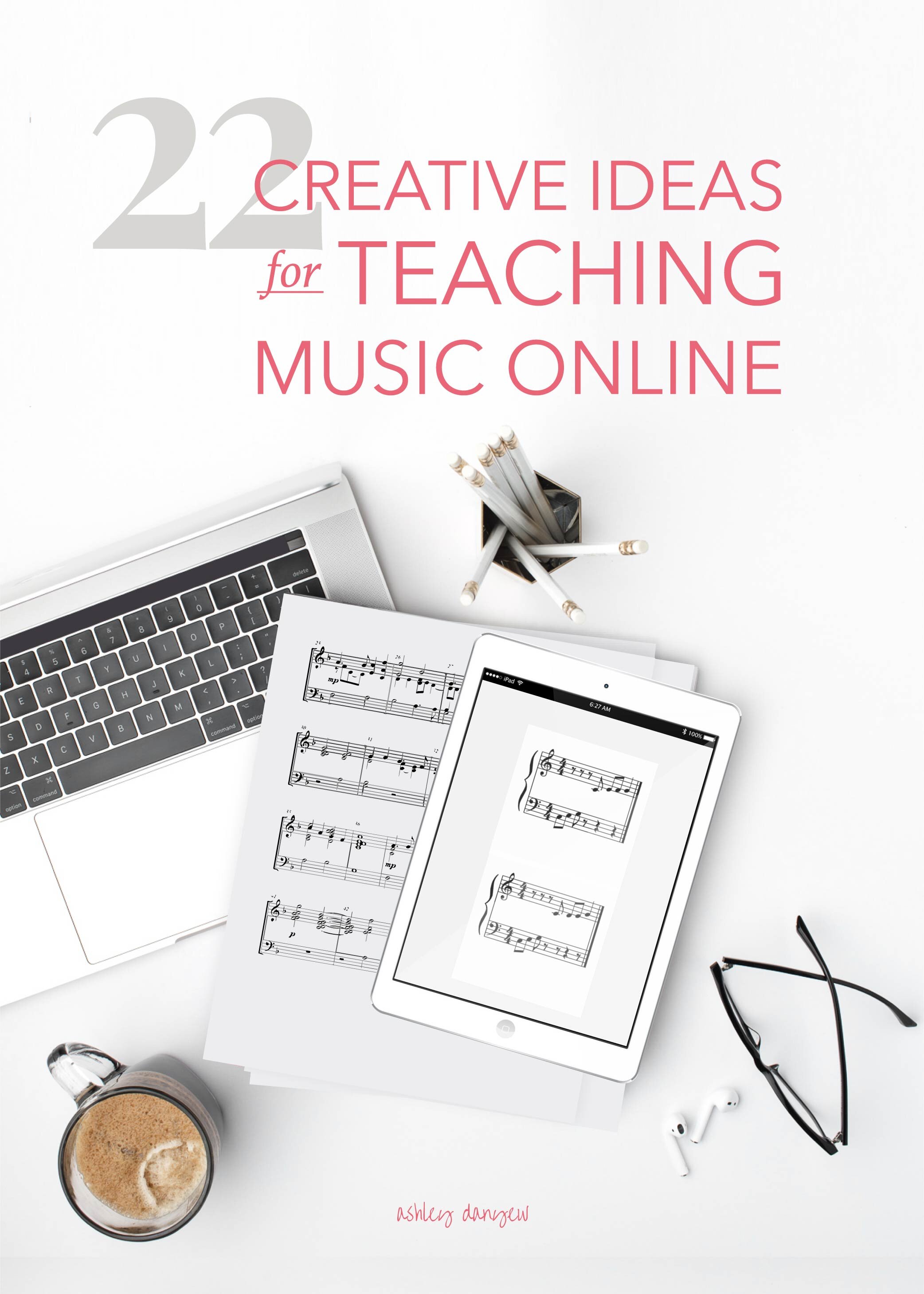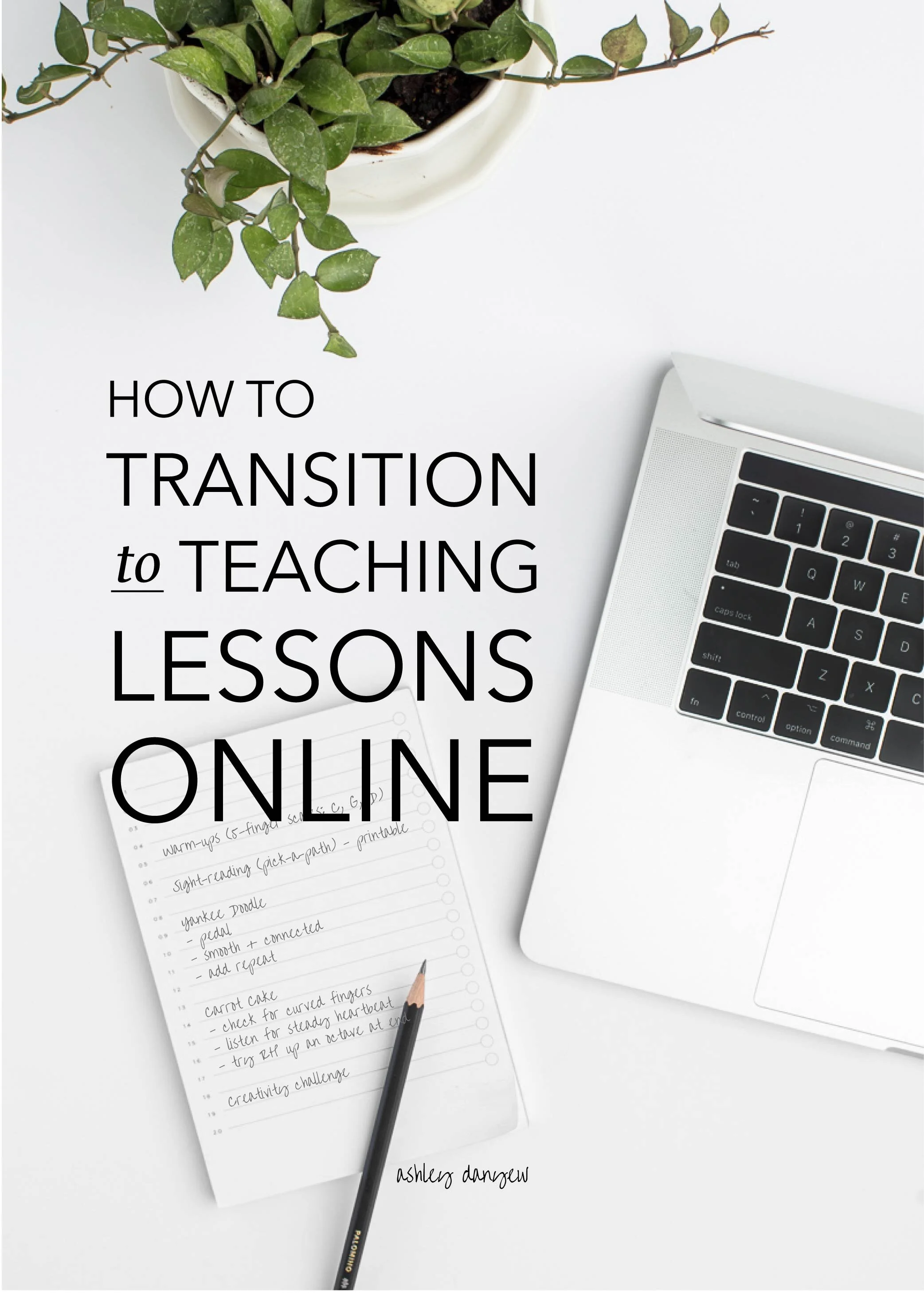As music teachers, it’s important to think about what motivates us as musicians and what motivates our students, choir members, and ensemble members to play and learn music.
I remember studying the theory of motivation as a grad student and was fascinated by the science behind it. For this reason, I really enjoyed reading Daniel H. Pink’s book, Drive: The Surprising Truth About What Motivates Us.
This book is based on scientific research by people like Edward Deci and Richard Ryan, Carol Dweck, and Mihaly Csikszentmihalyi, among others.
Before we dive in too deep, let’s talk about what motivation is.
What is motivation?
Motivation is what drives us, what propels us forward, and what challenges us to keep going; in more formal terms, it’s the "process that initiates, guides, and maintains goal-oriented behaviors” (source).
There are two types of motivation:
Intrinsic motivation
Behavior that's driven by internal factors, such as personal fulfillment and doing something for the sake of itself
Extrinsic motivation
Behavior that's driven by external factors, such as money, recognition, rewards, or fame
Both are a part of life; however, it's important to know what makes them different and how to foster each type of motivation in their appropriate settings.
For instance, extrinsic motivation is great for routine tasks and projects where there's a clear system for doing things already in place. In contrast, "Intrinsic motivation—the drive to do something because it is interesting, challenging, and absorbing—is essential for high levels of creativity." (Pink, 2009, p. 46)
You probably already have a pretty good handle on what external motivators look and feel like (e.g. money, fame, notoriety, prizes, awards), so today, I want to spend a little time talking about intrinsic motivation.
Here are my three biggest takeaways from Drive: The Surprising Truth About What Motivates Us.
Psst. Like to read?
Then you’ll love the Musician & Co. Book Club.
Join 175+ musicians as we read books on business, the creative process, entrepreneurship, music teaching, and being a musician. Sign up below and be the first to know about my book picks each quarter, get reading plans and reflective questions, a private podcast with quarterly book reviews, and other reading-related news.
The Secrets of Motivation: My 3 Biggest Takeaways from Daniel H. Pink's Drive
*Disclosure: I get commissions for purchases made through links in this post.
1. Intrinsic motivation has three components: autonomy, mastery, and purpose.
Autonomy is an innate desire to control your life.
Autonomy doesn't mean being independent; it simply means "acting with choice" (Pink, p. 90). Intrinsic motivation develops when people have the opportunity to exercise choice in the work they do, the way they use their time, and the strategies and approaches they use to accomplish their work. (source)
Those who have autonomy over their actions are naturally more engaged and connected, and as you'll read in the next section, engagement leads to mastery.
Mastery is an innate desire to learn.
It's the pursuit of knowledge and achievement, the desire to challenge oneself and put forth the effort, to learn for the sake of learning.
“The desire to do something because you find it deeply satisfying and personally challenging inspires the highest levels of creativity, whether it’s in the arts, sciences, or business.”
As Pink observed, we are wired to be "curious and self-directed" (p. 89).
Based on the work of researcher Carol Dweck, we know that someone who is motivated by external factors favors "performance goals to learning goals, and disdains effort as a sign of weakness.” In contrast, an intrinsically-motivated person values "learning goals over performance goals, and welcomes effort as a way to improve at something that matters.” (Pink, p. 123)
Ultimately, Pink described mastery as a way of thinking. "It requires the capacity to see your abilities not as finite, but as infinitely improvable . . . . it demands effort, grit, and deliberate practice. And . . . it's impossible to fully realize, which makes it simultaneously frustrating and alluring.” (p. 208)
Purpose is an innate desire to achieve something meaningful and lasting.
This is the "why" behind what we do - why it matters, why it's worthwhile, why it counts for something. Purpose is working for something bigger than ourselves.
"The richest experiences in our lives aren't when we're clamoring for validation from others, but when we're listening to our own voice - doing something that matters, doing it well, and doing it in the service of a cause larger than ourselves." (Pink, p. 146)
2. Rewards aren’t always a good thing.
Who doesn’t love a good reward? How can this be a bad thing?
It's not that rewards are inherently bad; in fact, as I mentioned earlier, they can be a great motivator in certain settings. But the truth is, rewards "narrow our focus. That's helpful when there's a clear path to a solution,” Pink noted. "They help us stare ahead and race faster. But 'if-then' motivators are terrible for [creative] challenges” (p. 44) because they limit our perspective and ability to think outside the box.
“An ‘if-then’ motivator is something that you’ll earn or receive if you accomplish a certain task. If you do ____, then you’ll get ____.”
In certain circumstances, rewards can not only "limit the breadth of our thinking,” but also "reduce the depth of our thinking” (Pink, p. 56). When this happens, we tend to see only what’s right in front of us (or whatever gets us to the reward), rather than having a broader perspective or thinking in more creative, innovative ways.
Pink indicated, "Many people work only to the point that triggers the reward — and no further. So if students get a prize for reading three books, many won't pick up a fourth, let alone embark on a lifetime of reading” (p. 58).
Maybe you’ve seen this in the children you teach each week. Pink observed that “an intense focus on extrinsic rewards can indeed deliver fast results. The trouble is, this approach is difficult to sustain” (p. 79), thus leading to a sudden drop in motivation.
A solution?
Turn ‘if-then’ rewards into ‘now-that.’ You can still give rewards, but don’t make it contingent on the completion of a certain task. Instead, “Any extrinsic reward should be unexpected and offered only after the task is complete” (Pink, p. 66). Make it a surprise and use it to reward good effort, focused work, and creative thinking.
Another thing to consider is non-tangible rewards. Social psychologist Edward Deci noted that “positive feedback can have an enhancing effect on intrinsic motivation” (as quoted in Pink, p. 67).
A few suggestions:
Give specific feedback that praises effort and strategy rather than the outcome.
Offer praise as feedback, one-on-one, rather than in front of a group of people.
Offer praise only when it's merited.
3. Intrinsic motivation can be developed over time.
The third key point I learned from this book is that we can develop intrinsic motivation, in ourselves and in those we teach. Here are a few things to think about:
Consider ways to flip those ‘if-then’ rewards into ‘now-that’ ones.
If you’re assigning work to be done at home, ask yourself these questions:
Does the learner have autonomy over how and when to do assigned work?
Does this project promote mastery by offering a new and creative approach to a skill or concept?
Does the learner recognize the purpose and greater value of the assignment?
Think about other ways to focus on effort and emphasize the learning process over achievement and outcomes. Sometimes, it’s more about the journey than the destination, am I right?
“You don’t have to be flawless each day.
Instead, look for small measures of improvement.”
When it comes to learning music, this looks like intentional practice, lots of repetition, asking for (and receiving) feedback, and focusing on the most challenging spots. It’s about learning to make music for the sake of itself and finding personal fulfillment in that, more than the small rewards and prizes you earn along the way.
I’d love to hear from you:
Have you read Daniel Pink’s book? What did you think? How do you foster the development of intrinsic motivation in those you teach?





































